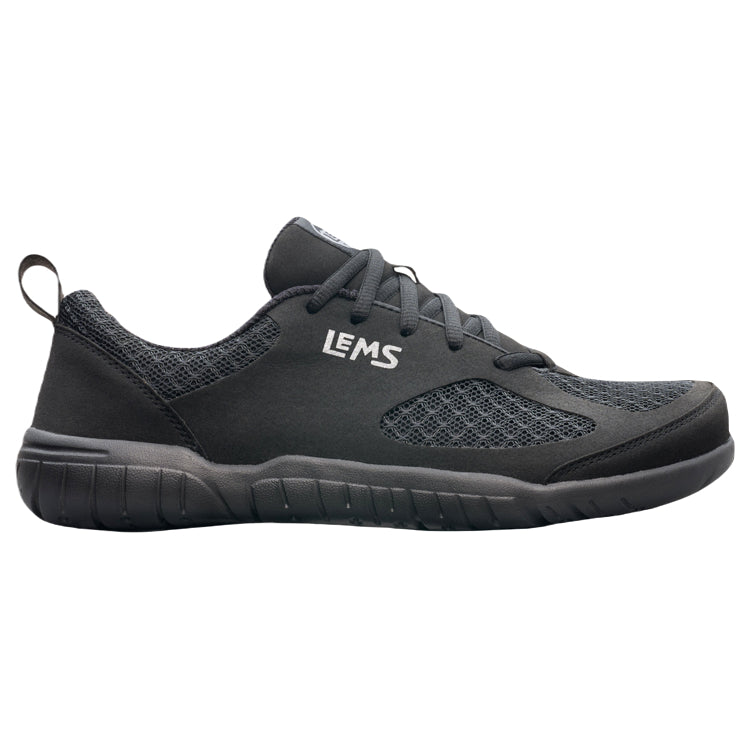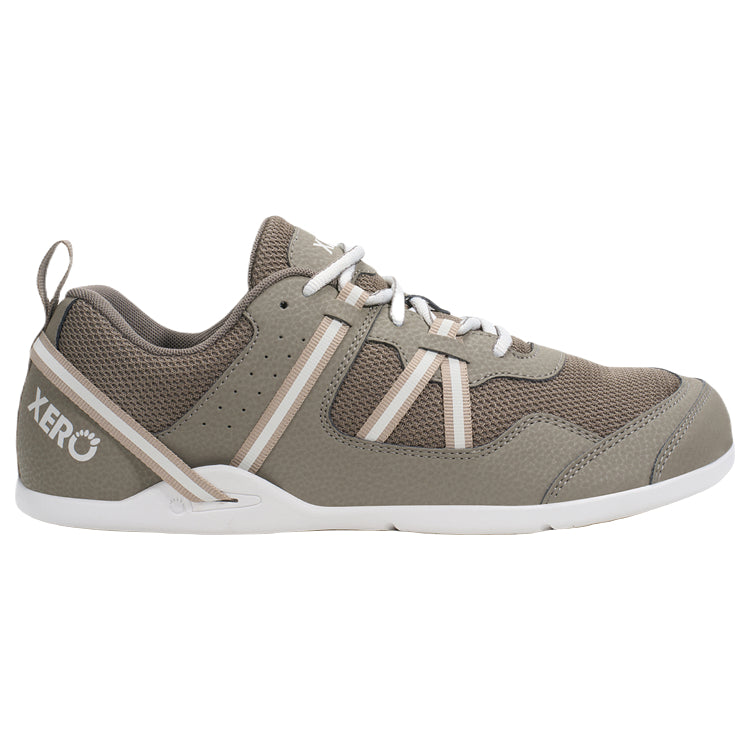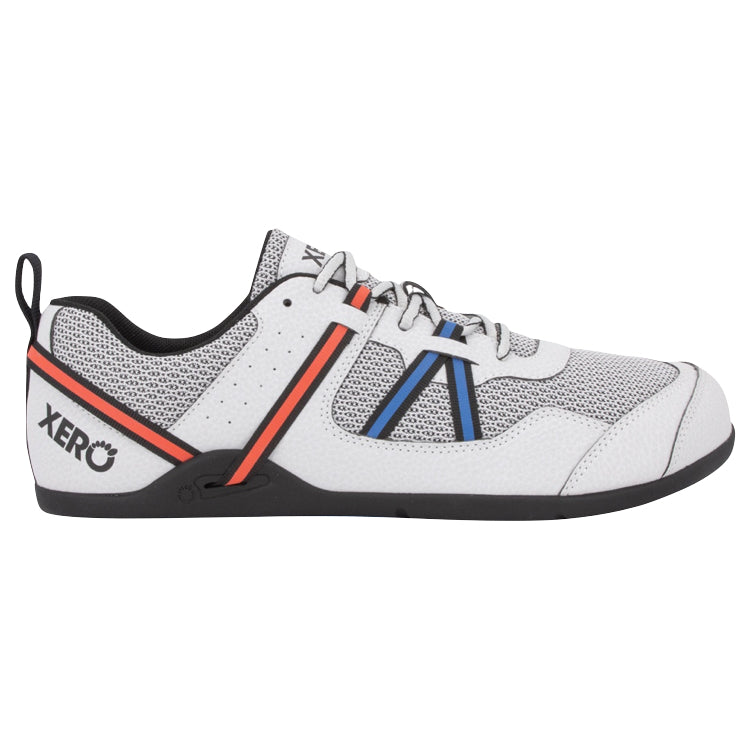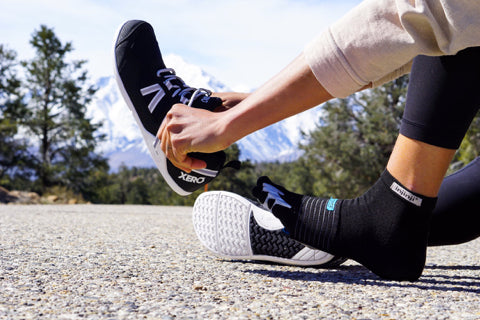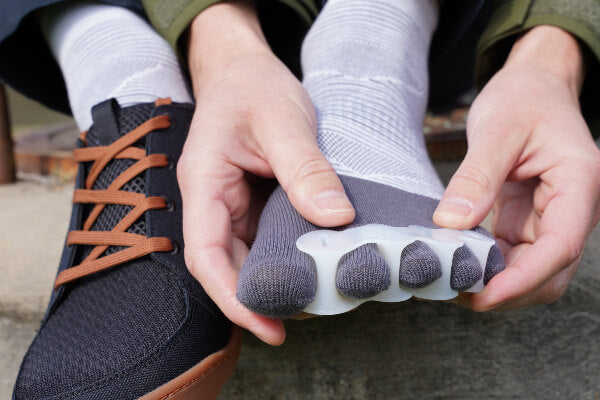
A key benefit of minimalist footwear is its durability—thanks to their simple yet robust design, many pairs can last for years with the proper care. However, just like any well-loved tool, minimalist shoes don’t last forever. The challenge is that, unlike traditional footwear with thick foam midsoles that visibly compress or break down, minimalist shoes often wear out in less obvious ways. Knowing when to replace them requires paying attention to subtle changes in function, fit, and overall comfort.
First, assess the outsole. Minimalist shoes typically feature a thin but grippy rubber sole, designed to provide just enough protection while allowing maximum ground feel. Over time, the tread may wear down, especially in high-contact areas like the ball of the foot or the heel. If you notice excessive smoothing of the sole, reduced traction, or small punctures or cracks, your shoes may no longer offer the protection you need. This is particularly important if you frequently navigate rough or varied terrain.
Next, pay attention to how your shoes feel while walking, running, or standing. One of the best indicators of wear is a change in sensory feedback. If the sole has thinned significantly, you may feel sharper pressure from rocks, roots, or pavement than you once did. Additionally, if your shoes develop asymmetrical wear patterns, you might notice subtle changes in your gait—an early warning sign that your footwear is no longer supporting natural movement as effectively as before.
Another crucial factor is the structural integrity of the upper. While minimalist shoes are designed to be flexible, excessive stretching or fraying can compromise their fit. If the upper has become overly loose or has developed holes that let in more debris than usual, it might be time for a replacement. A poor fit can lead to unnecessary foot strain, as your toes and arch may have to work harder to compensate for the shifting in-shoe environment they encounter.
Ultimately, the decision to replace your minimalist shoes comes down to how they feel and function in your daily life. If they no longer provide the protection, traction, or fit you need to move comfortably and confidently, it’s likely time for a new pair. That said, because minimalist footwear encourages foot strength and resilience, your feet themselves may adapt over time, requiring less from your shoes. Trust your own experience, and when in doubt, test a fresh pair—if the difference is striking, it’s probably time for an upgrade.

WANT TO IMPROVE YOUR FOOT HEALTH?
Let the team at Natural Footgear help you! Subscribe to our newsletter for the latest offers and helpful info, and sign up for our FREE email courses on various topics and foot health conditions.
Sign Up →
Want to Improve Your Foot Health?
We are here to help you every step of the way. Get our newsletter for the latest offers and helpful info, and sign up for our FREE email courses on various topics and conditions, including bunions, hammertoes, neuromas, plantar fasciosis, shin splints, ingrown toenails, and more.
Sign Up →
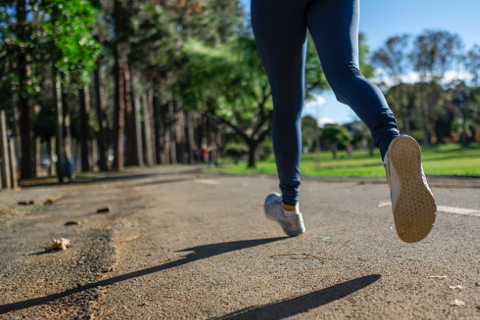 The wear pattern you see on the soles of your shoes provides important clues about your gait and how your feet are interacting with the world. The specific wear pattern mentioned above (outside, or “lateral,” heel) is typical among pretty much all wearers of conventional footwear that incorporates heel elevation, rigid soles, and substantial cushioning, and excessive wear in this location is particularly apparent in running and walking shoes. The...
Read more
The wear pattern you see on the soles of your shoes provides important clues about your gait and how your feet are interacting with the world. The specific wear pattern mentioned above (outside, or “lateral,” heel) is typical among pretty much all wearers of conventional footwear that incorporates heel elevation, rigid soles, and substantial cushioning, and excessive wear in this location is particularly apparent in running and walking shoes. The...
Read more





